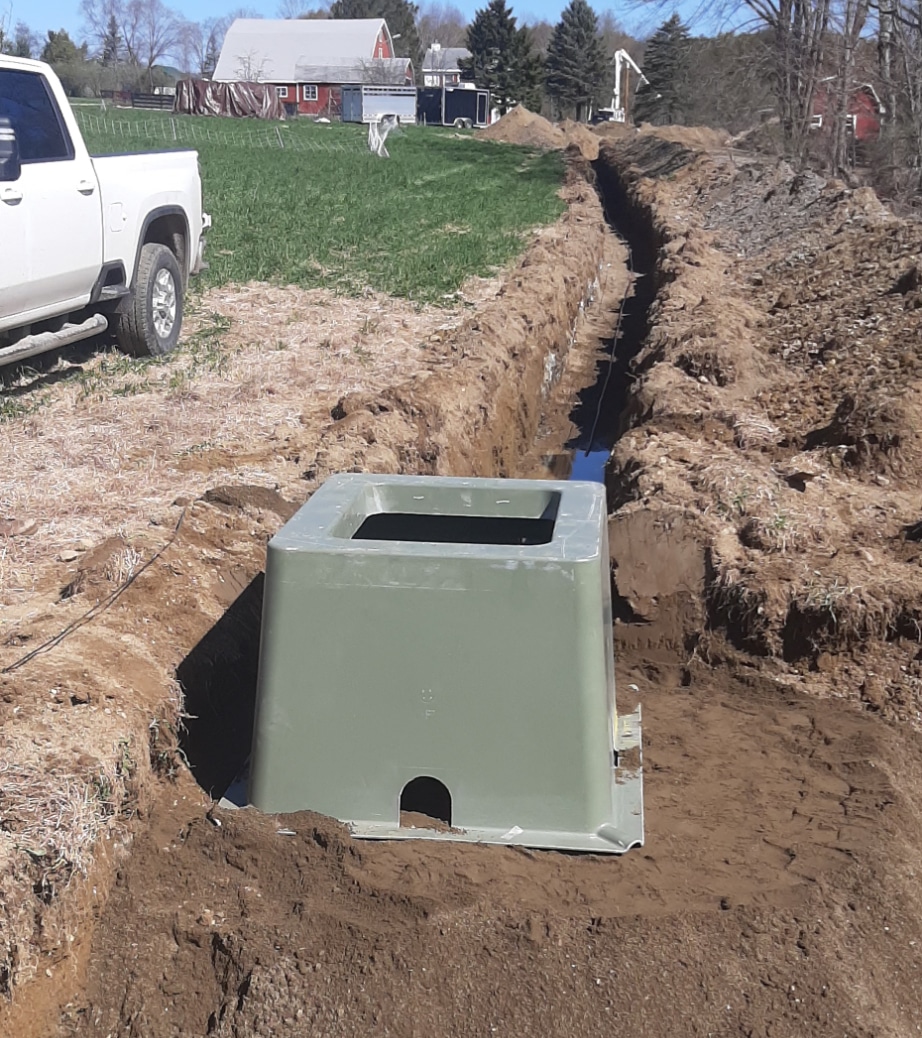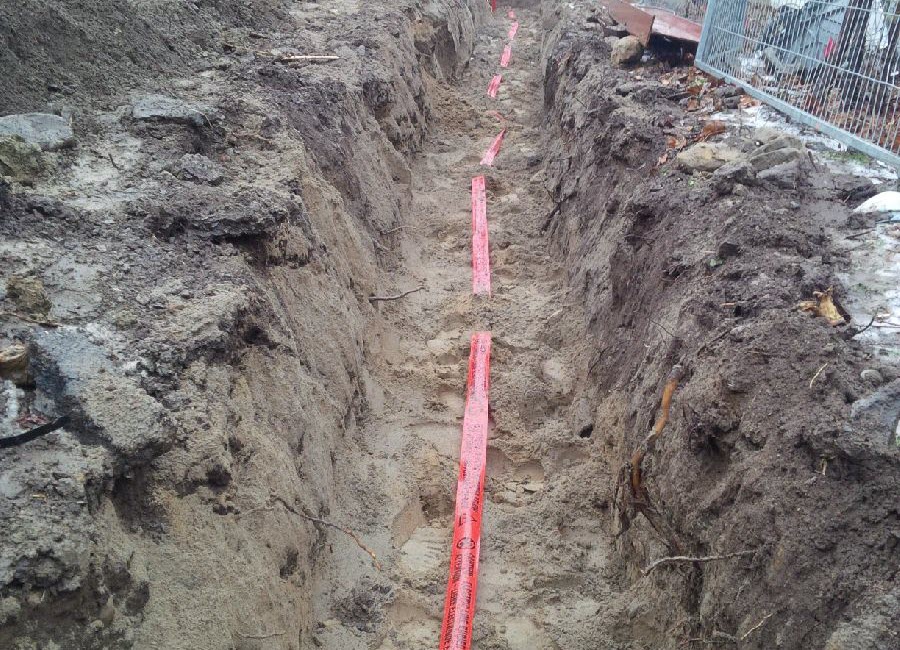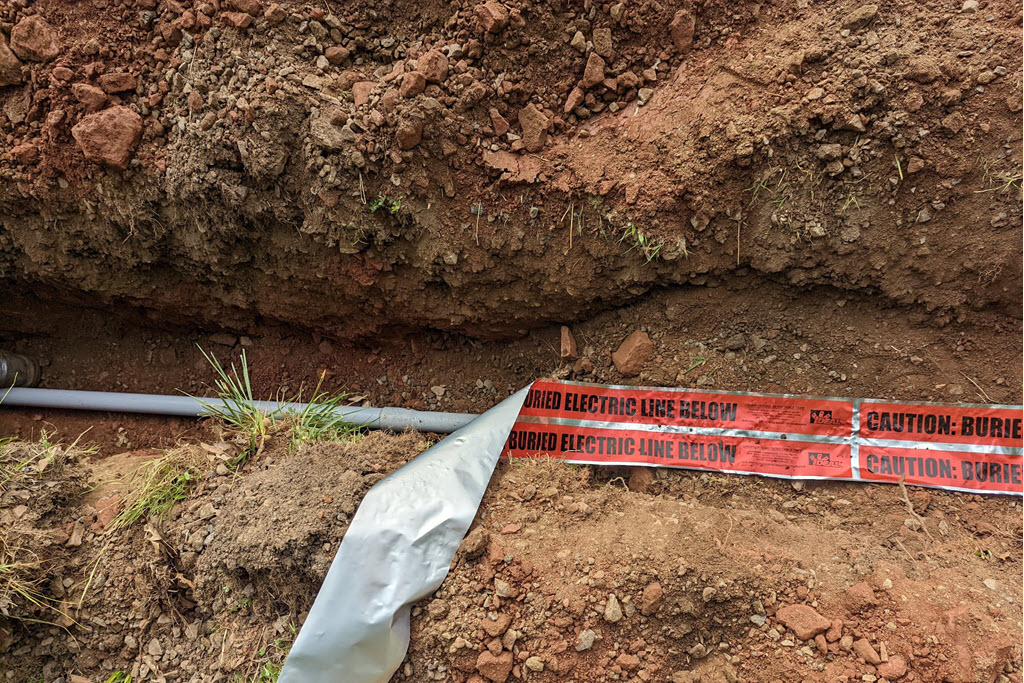Electric Line Servicesin Ortonville MI
Service Electrical Lines Installed for Safe and Reliable Power
We Are Locally Owned & Operated For Over 37 Years
Contact Us Today!
We Serve Businesses In And Around The Following Cities:
About Electric Line Services
Introduction
The task of maintaining a city’s infrastructure is massive, requiring the continuous cooperation of numerous parties. One crucial component in this jigsaw puzzle is the electric line system. In the city of Ortonville, commercial properties have begun to take advantage of the robustness offered by ground electricity for electrical installation. This article serves as a comprehensive guide for those making the move towards this proven technology system, offering information about the process, benefits, and real-world applications.
Electric Line System – An Overview
An electric line system provides the backbone for delivering reliable and efficient electricity to commercial properties. The lines are routed beneath the ground, establishing a more secure and less obstructive method for powering your premises. Electrical installation, though a complex process, has a profound impact on the convenience and productivity of the workspace. The companies who have harnessed it have reported numerous benefits, with the diverse array of applications making it a practical choice for various business activities.
Process of Installing Ground Electricity
Integrating a ground electricity system involves a multi-step process. It primarily requires site analysis to determine the optimal placement and mapping of the system, followed by the safe installation of lines beneath the ground. D&J Contracting, a leading service in Ortonville, employs highly skilled professionals to ensure this process runs smoothly, with a focus on maximizing efficiency and minimizing disruption. A testament to their dedication in ensuring optimal electrical installations, their seamless operations have become synonymous with industry excellence.
Benefits of Underground Electric Line in Ortonville
Ground electricity has emerged as the go-to solution for Ortonville’s commercial properties for several reasons. Firstly, underground power lines are less prone to damage from harsh weather conditions or falling debris, which is a frequent issue in overhead line systems. This equates to fewer power outages and interruptions substantially improving business continuity.
Additionally, the aesthetic appeal of a landscape unmarred by a network of overhanging wires is undeniable. This benefit extends beyond mere visual pleasure, improving property value and increasing customer appeal. After all, for commercial properties aiming to project a modern, professional image, an unperturbed skyline is an invaluable asset.
Moreover, due to the safety improvement from lack of electrical-related incidents, insurance costs often drop for businesses with ground electricity. This decrease in overheads is a long-term financial benefit for commercial enterprises, translating into substantial savings annually.
Real World Applications of Underground Electric Line
The scope of application for underground electric lines is vast. Commercial spaces, from retail stores, data centers, to corporate buildings in Ortonville, have already proven the real-world relevance of this technology. They experienced a decrease in downtime and boosted overall operational efficiency by making the switch to ground electricity.
Consider the example of a local grocery store that had frequently encountered interruptions due to adverse weather conditions. Following the electrical installation by D&J Contracting, they noticed an immediate improvement in the robustness and reliability of their electric supply. This stability has allowed them to better serve their customers, ultimately leading to increased customer satisfaction and revenue.
Choosing D&J Contracting for Electric Line Services
When it comes to underground electrical installation, expertise and experience drive success. D&J Contracting, with its team of professional installers and admirable track record, has proven their value to numerous Ortonville businesses. By choosing them for your electric line needs, you will gain consistent access to power, improved aesthetics, and safety – ultimately strengthening your business’s foundation.
Rather than searching for ad-hoc solutions, consider choosing service providers like D&J Contracting that prioritize professional service, efficiency, and client satisfaction above all else. With their team on your side, you can expect nothing less than superior workmanship, rigorous safety standards, and a partner committed to the future growth and prosperity of your business.
Reflection
To conclude, while maintaining a city’s infrastructure involves serious dedication and extensive efforts, the experience becomes significantly simpler when reliable services like ground electricity for commercial properties in Ortonville come into play. The electrical installation process may initially seem daunting, but the long-lasting benefits it offers to businesses make it a decision worth considering. As our cities grow and technology evolves, it falls upon us to adapt to more efficient, reliable, and aesthetic means of delivering power to our commercial properties. Leveraging a well-established service provider like D&J Contracting can ease this transition considerably, making it an intelligent business decision for economies of scale.
Electric Line Services Gallery


Call Us Today to receive your Free Quote for
Electric Line in Ortonville
Serving: Ortonville, Michigan

About Ortonville, Michigan
According to the United States Census Bureau, the village has a total area of 0.98 square miles (2.54 km), all land.
| Census | Pop. | Note | %± |
|---|---|---|---|
| 1880 | 308 | — | |
| 1890 | 313 | 1.6% | |
| 1910 | 377 | — | |
| 1920 | 445 | 18.0% | |
| 1930 | 553 | 24.3% | |
| 1940 | 622 | 12.5% | |
| 1950 | 702 | 12.9% | |
| 1960 | 771 | 9.8% | |
| 1970 | 983 | 27.5% | |
| 1980 | 1,190 | 21.1% | |
| 1990 | 1,252 | 5.2% | |
| 2000 | 1,535 | 22.6% | |
| 2010 | 1,442 | −6.1% | |
| 2020 | 1,376 | −4.6% | |
| U.S. Decennial Census | |||
As of the census of 2010, there were 1,442 people, 511 households, and 376 families living in the village. The population density was 1,471.4 inhabitants per square mile (568.1/km). There were 574 housing units at an average density of 585.7 per square mile (226.1/km). The racial makeup of the village was 95.5% White, 0.6% African American, 0.5% Native American, 1.2% Asian, 0.4% from other races, and 1.8% from two or more races. Hispanic or Latino of any race were 2.6% of the population.
There were 511 households, of which 40.7% had children under the age of 18 living with them, 51.3% were married couples living together, 17.4% had a female householder with no husband present, 4.9% had a male householder with no wife present, and 26.4% were non-families. 21.5% of all households were made up of individuals, and 6.3% had someone living alone who was 65 years of age or older. The average household size was 2.76 and the average family size was 3.18.
The median age in the village was 37.5 years. 27.5% of residents were under the age of 18; 9.5% were between the ages of 18 and 24; 25.8% were from 25 to 44; 30.3% were from 45 to 64; and 7.1% were 65 years of age or older. The gender makeup of the village was 48.7% male and 51.3% female.
As of the census of 2000, there were 1,535 people, 537 households, and 400 families living in the village. The population density was 1,546.2 inhabitants per square mile (597.0/km). There were 572 housing units at an average density of 576.2 per square mile (222.5/km). The racial makeup of the village was 98.24% White, 0.07% African American, 0.46% Native American, 0.39% Asian, 0.46% from other races, and 0.39% from two or more races. Hispanic or Latino of any race were 1.69% of the population.
There were 537 households, out of which 45.8% had children under the age of 18 living with them, 56.2% were married couples living together, 14.7% had a female householder with no husband present, and 25.5% were non-families. 22.5% of all households were made up of individuals, and 7.4% had someone living alone who was 65 years of age or older. The average household size was 2.81 and the average family size was 3.29.
In the village, the population was spread out, with 32.4% under the age of 18, 7.3% from 18 to 24, 35.5% from 25 to 44, 17.5% from 45 to 64, and 7.3% who were 65 years of age or older. The median age was 33 years. For every 100 females, there were 93.6 males. For every 100 females age 18 and over, there were 87.0 males.
The median income for a household in the village was $60,972, and the median income for a family was $72,443. Males had a median income of $59,083 versus $31,250 for females. The per capita income for the village was $24,110. About 3.3% of families and 4.8% of the population were below the poverty line, including 4.0% of those under age 18 and 5.2% of those age 65 or over.
Call Us Today to receive your Free Quote for
Electric Line in Ortonville
Related Services in Ortonville, Michigan
We Serve Businesses In The Following Zip Codes:
48007, 48015, 48021, 48026, 48035, 48036, 48038, 48042, 48043, 48044, 48045, 48046, 48047, 48048, 48050, 48051, 48066, 48071, 48080, 48081, 48082, 48083, 48084, 48085, 48088, 48089, 48090, 48091, 48092, 48093, 48098, 48099, 48225, 48230, 48236, 48310, 48311, 48312, 48313, 48314, 48315, 48316, 48317, 48318, 48397